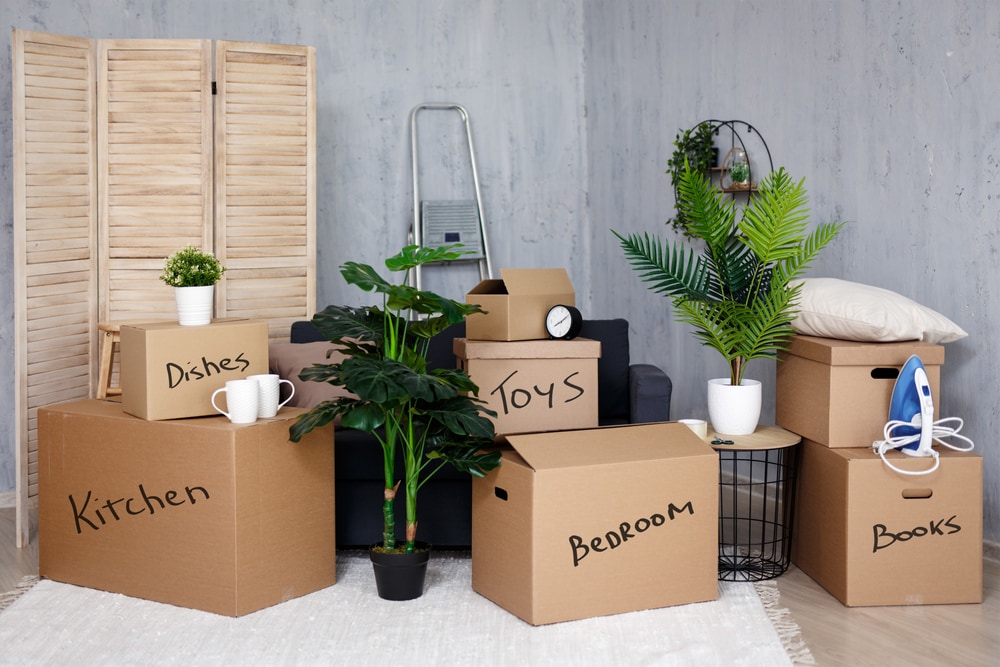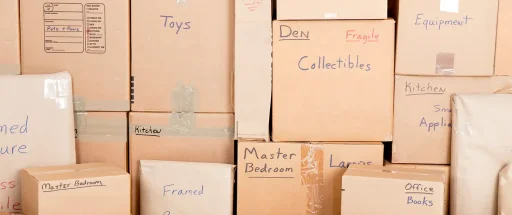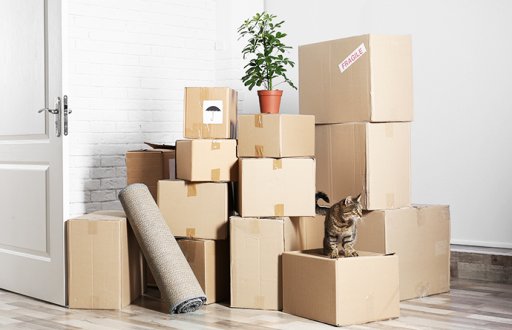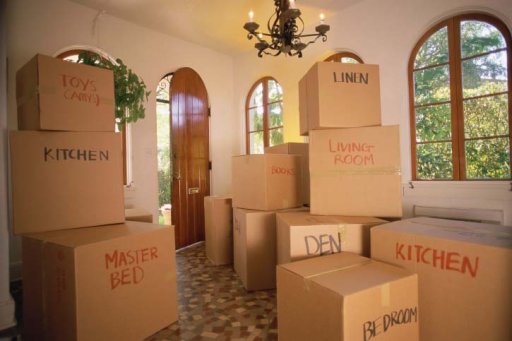When it comes to relocating, the humble moving box plays a starring role in your packing strategy. Whether you’re packing fragile kitchenware, heavy books, or lightweight linens, choosing and using the right moving boxes is crucial for a smooth, hassle-free move. But how many moving boxes do you need? And how much can you safely pack into each one before things get too heavy to handle?
In this guide, we’ll explore everything you need to know about packing smart, using moving tips to simplify your relocation process. From selecting the best moving boxes to avoiding common pitfalls like overpacking, these strategies will help you make the most of your time and effort.
The Moving Box Dilemma: Do You Have Enough?
If you’ve ever moved before, you’re likely familiar with the classic moving box dilemma: you buy a set number of boxes, thinking it’ll be enough, but halfway through packing, you realize you’re running out. In a scramble to make the most of your supply, you overfill each box, causing a cascade of issues:
Increased Risk of Damage
Overpacking leads to boxes bulging or breaking under stress. Fragile items can be crushed, crumpled, or broken.
Safety Hazards
Heavily packed boxes are more difficult to carry and can lead to injuries, especially back strain. A surprising 75% of all back injuries occur during lifting tasks, and moving day is no exception.
By planning ahead and purchasing an adequate number of moving boxes, you can avoid these problems and ensure a safer, smoother move.
How Heavy Can You Pack a Moving Box?
One of the most important moving tips is understanding the weight limits of different types of boxes. Overloading a box not only risks damage to your belongings but also makes it difficult and dangerous to move. Here’s a breakdown of common box sizes and their weight capacities:
1.5 Cubic Foot Boxes (Book Boxes)
•Maximum Weight: 50–60 lbs
•Best For: Books, kitchen items, dishes, and other small, dense items.
•Tip: While these boxes can handle heavy items, keep the total weight under 50 lbs to make lifting easier.
3.0 Cubic Foot Moving Boxes
•Maximum Weight: 65 lbs
•Best For: Clothing, pots, pans, and small electronics.
•Tip: Ideal for larger items that aren’t overly dense.
4.5 Cubic Foot Moving Boxes
•Maximum Weight: 65 lbs
•Best For: Linens, towels, and miscellaneous household items.
•Tip: Ensure items are evenly distributed to prevent the box from tipping during transport.
6.0 Cubic Foot Boxes
•Maximum Weight: 65 lbs
•Best For: Pillows, blankets, artwork, and couch cushions.
•Tip: Reinforce the bottom of the box with a sturdy liner to prevent it from collapsing under the weight.
6.1 Cubic Foot Boxes
•Maximum Weight: 65 lbs
•Best For: Oversized or oddly shaped items that don’t fit in standard boxes.
•Tip: These are perfect for lightweight but bulky belongings like lampshades or sports equipment.
Dish Packs
•Maximum Weight: 120 lbs
•Best For: Plates, bowls, and heavy kitchen appliances.
•Tip: These double-thickness boxes are excellent for protecting fragile or heavy items. Use dividers for added protection.
Packing Smart and Staying Safe
Packing smart is all about balancing efficiency with safety. Here are some practical packing tips to keep in mind:
Use Quality Moving Boxes
While it may be tempting to grab free boxes from a grocery store or reuse old ones, they’re often too flimsy to handle heavy loads. Instead, invest in professional-grade moving boxes from a moving company like Master Movers. These boxes are designed to withstand the rigors of relocation.
Distribute Weight Evenly
Avoid putting all the heavy items in one box. Distribute the weight evenly across multiple boxes to make lifting and stacking easier.
Protect Fragile Items
Use bubble wrap, packing paper, or towels to cushion breakable items. Label these boxes as “Fragile” to ensure they’re handled with care.
Reinforce Box Bottoms
Tape the bottoms of your boxes with strong packing tape to prevent them from giving out under the weight.
Don’t Overpack
Stay within the weight guidelines for each box size. This not only protects your belongings but also ensures the boxes are easy to handle.
Label Your Boxes
Clearly label each box with its contents and the room it belongs in. This will save you time and effort during unpacking.
Managing Heavy Moving Boxes: Pro Tips
Heavy boxes are a common cause of injuries during a move. Follow these tips to minimize the risk:
Lift with Your Legs
Always lift with your legs, not your back. Keep the box close to your body and avoid twisting motions while carrying it.
Use Moving Equipment
Dollies, hand trucks, and moving straps can help you transport heavy boxes with ease. These tools also reduce strain on your body.
Ask for Help
Don’t hesitate to ask for assistance when lifting or carrying a heavy moving box. Having an extra set of hands can prevent accidents.
Hire Professional Movers
Simplify your move by hiring experienced movers like Master Movers. They have the training and equipment to handle heavy items safely.
Buying the Right Number of Boxes
How many moving boxes do you need? The answer depends on the size of your home and the number of belongings you have. Here’s a rough estimate to help you plan based on our experience:
•Studio Apartment: 20–25 boxes
•One-Bedroom Apartment: 30–40 boxes
•Two-Bedroom Home: 50–60 boxes
•Three-Bedroom Home: 70–90 boxes
•Four-Bedroom Home: 100+ boxes
To avoid running out, consider buying a few extra boxes. Any unused boxes can usually be returned or reused later.
Streamline Your Move with Master Movers
Packing is just one part of the moving process. Once your boxes are ready, let Master Movers handle the heavy lifting. With years of experience in the moving industry, we specialize in safely transporting boxes, furniture, and other belongings to your new home. Here’s why you should choose us:
Expert Handling
Our team knows how to move heavy boxes and fragile items with care.
Reliable Service
We ensure your belongings arrive on time and in excellent condition.
Stress-Free Experience
Let us handle the logistics so you can focus on settling into your new space.
Make Your Move Easy
Moving doesn’t have to be overwhelming. By following these packing tips and choosing the right moving boxes, you can protect your belongings and make the process more efficient. And when it’s time to transport your boxes, Master Movers is here to help.
Contact us today for a free estimate and let us take the hassle out of your move!






